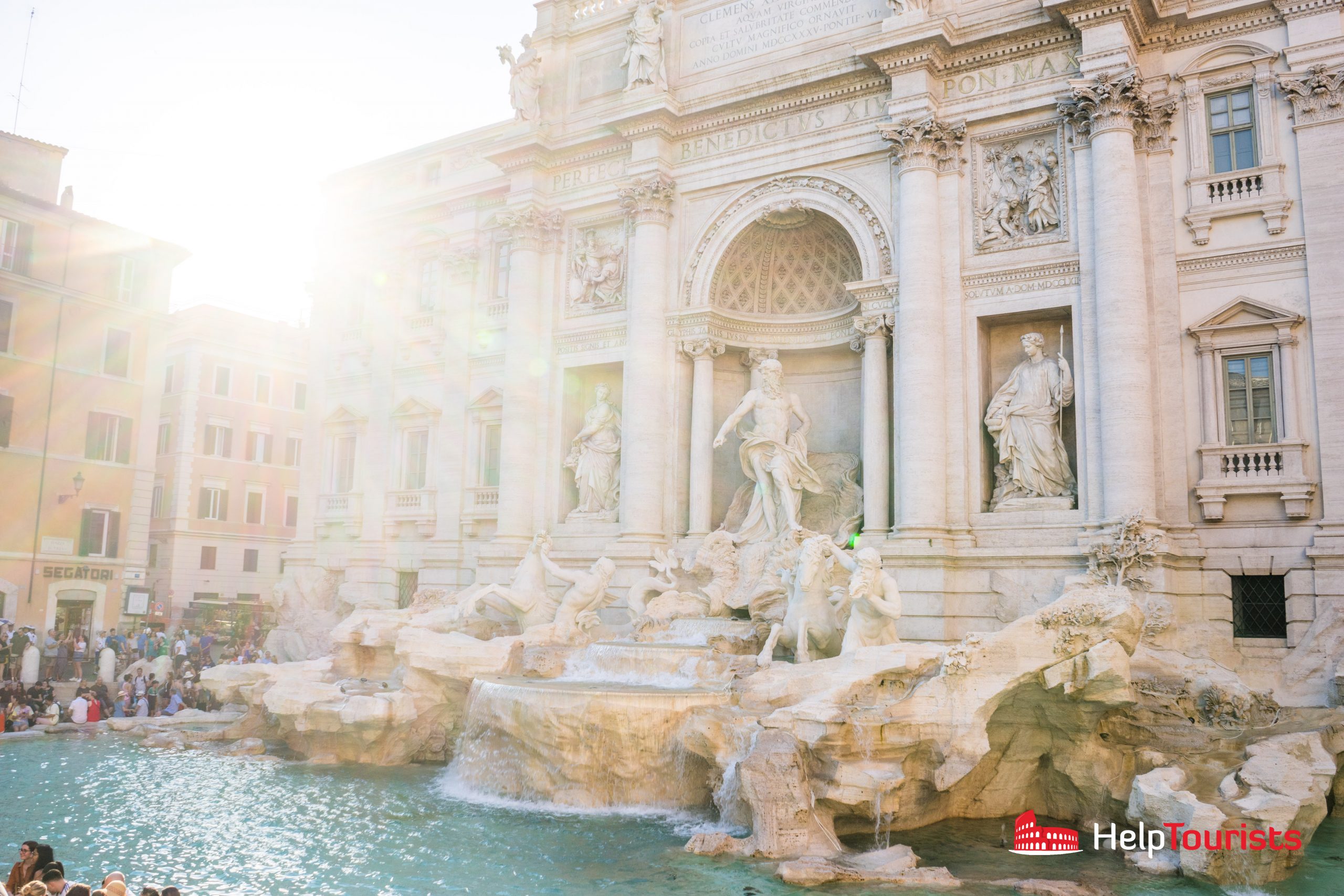As the shimmering sparklers light up the night sky on July 4th, many celebrate the glowing spirit of independence in the United States. However, this beloved holiday is woven with a rich tapestry of history and curious nuances that often go overlooked. Below, we delve into a collection of fun facts about Independence Day that not only illuminate its significance but also unveil its unique appeal.
1. A Date to Remember
While July 4th is universally recognized as Independence Day, it is intriguing to note that the Continental Congress actually voted for independence two days earlier, on July 2, 1776. On that day, John Adams believed the event would be commemorated with fanfare, proposing a celebration with fireworks and festivities. However, it was the adoption of the Declaration of Independence that transformed July 4th into the illustrious date we recognize today.
2. The Liberty Bell’s Eloquent Silence
The iconic Liberty Bell, an emblem of American freedoms, is often associated with July 4th celebrations. Interestingly, the bell was not present at the signing of the Declaration. Instead, it remained in Philadelphia, silenced by a crack since 1846, ironically serving as an enduring metaphor for the fragility of liberty itself. This bell’s relationship with independence is both literal and metaphorical, symbolizing both the triumphs and trials that the nation has endured.
3. Historical Fireworks – A Spark of Defiance
Fireworks have been synonymous with July 4th festivities since the first anniversary of the Declaration in 1777. This dazzling spectacle was not merely for entertainment; it served as a loud proclamation of defiance against oppression, resonating with the fervor of newfound freedom. As a pyrotechnic tapestry unfurls across the sky each year, it echoes the tumultuous journey of a nation that dared to declare itself free.
4. Only a Few Signatories Lived to Celebrate
Despite the fervent celebrations associated with July 4th, an intriguing fact remains: only two men who signed the Declaration of Independence would actually make it to its 50th anniversary. John Adams and Thomas Jefferson, both former presidents, marched through life under a shadow of their own creation—yet little did they know that their legacies would be immortalized through the very celebrations they championed.
5. The Birth of a National Holiday
It wasn’t until 1870 that July 4th was officially designated as a federal holiday, though it had been celebrated informally for decades. With the ink of history flowing steadily, the day transitioned from a mere commemorative event to a formal acknowledgment of the nation’s independence—a monument of liberty fixed firmly within the calendar.
6. Food Fit for Freedom
Traditional July 4th fare has become an integral part of the holiday’s celebration, yet its origins might surprising. It is said that the average American consumes around 150 hot dogs on this holiday—enough to stretch across the distance from Washington, D.C. to Los Angeles. This culinary exuberance transforms the day into a feast of festivity, reminiscent of the communal spirit that united early Americans in their pursuit of independence.
7. An Apex of Patriotism
While fireworks dazzle the sky, the day also serves as a canvas for the expressions of patriotism found in parades, concerts, and fireworks displays. Across the nation, towns and cities engage in elaborate celebrations embodying the ethos of chance, unity, and brotherhood. As the national anthem fills the air, hearts swell with gratitude for the sacrifices made in the name of freedom.
8. A Unique Connection to the Moon
This July 4th aligns with the lunar cycle in a way that might astound many. Interestingly, the moon is often full close to Independence Day, creating a surreal backdrop for the nation’s festivities. This celestial occurrence amplifies the celebration, bathing fireworks in a gentle glow and casting shadows on the spirit of resilience that the day embodies.
9. International Celebrations
Independence Day is not solely an American affair. Embassies worldwide celebrate their allegiance to the United States, echoing the values of freedom and democracy. This international acknowledgment reflects the ongoing influence of the American spirit and ideals—creating a celebratory ripple that extends beyond borders and resonates with those who cherish liberty, regardless of geography.
10. A Day for Reflection
While July 4th bursts with joy and celebration, it also serves as a solemn reminder of the sacrifices that paved the way for independence. Moments of reflection become essential during the grandeur of fireworks and clinking glasses, reminding us that freedom is a fragile state, persevered through determination. The holiday encapsulates both jubilation and contemplation, a duality that highlights the essence of what it means to be free.
In conclusion, July 4th is not merely a date marked by festivities; it is an intricate testament to the nation’s struggle and triumph. Each firework, song, and culinary delight speaks volumes about the human experience of yearning for freedom. As the day unfolds each year under the vast sky, we reconnect with the ideals that define this great nation, provoking thoughts on how far we’ve traveled and what lies ahead. Embrace this holiday, not just as a celebration, but as a poignant reminder of shared history and collective aspirations.










